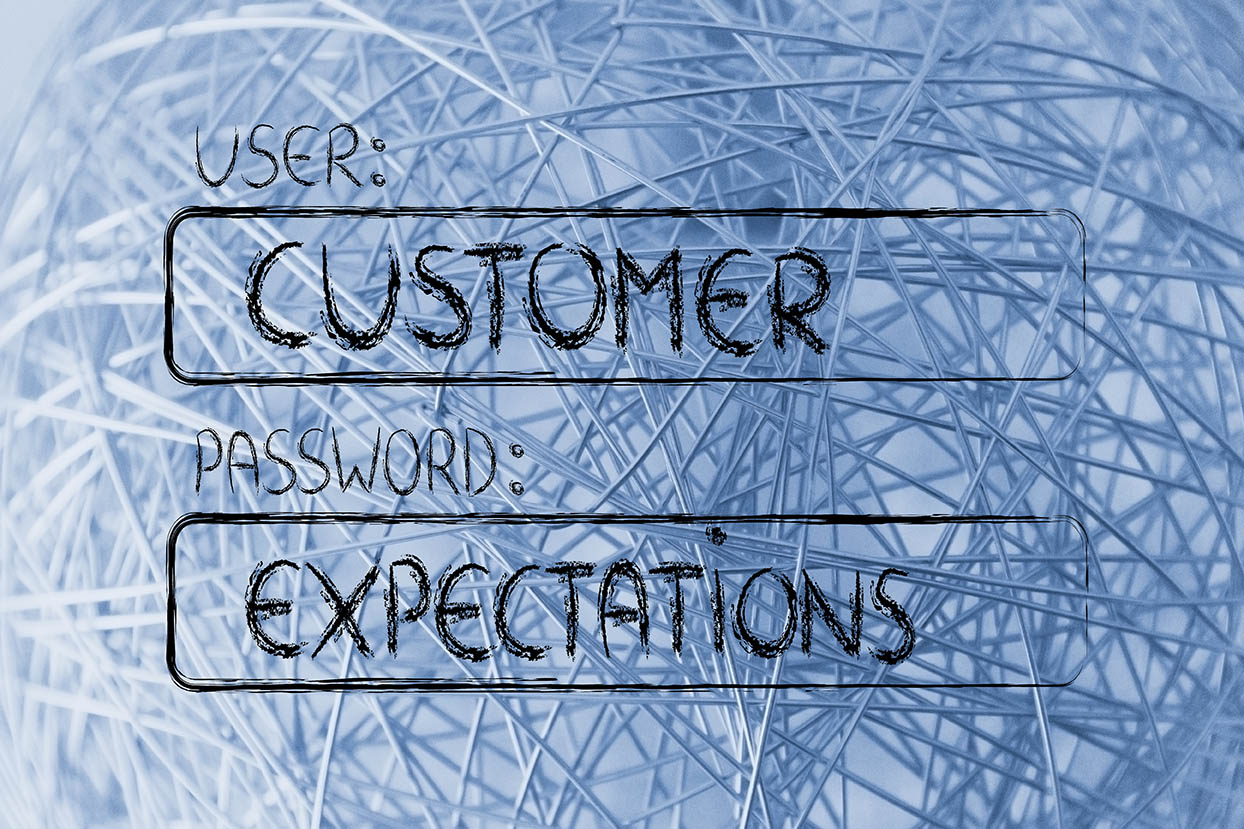
Louis C.K. has a bit in his comedy special, "Hilarious," where he discusses the average American's unreasonable expectations regarding customer service during the average flight.
Upon hearing of a person's frustration at waiting 40 minutes on a runway before taking off, he says, "What happened then, did you fly through the air like a bird, incredibly? Did you soar into the clouds, impossibly? . . .You're sitting in a chair in the sky."
When it comes to the customer's experience, expectations have never been higher. It isn’t enough to "fly through the air . . . incredibly." It must happen without so much as minor glitch this time and every time.
For the eCommerce retailer interested in designing the optimal customer experience, then, there's precious little room for error.
Out With the Old or Improving the New?
Customer experience used to consist interacting with a salesperson in a store and either making a purchase or not. The layout of the store, the perceived desirability of the products, the salesperson's knowledge and attitude, the shopper’s intentions —these issues and several others formed the customer experience in a retail setting.
And because it happened in a shared, real space where both the retailer and customer interacted, it felt easier to control than today's private, online shopping experience.
However, the overall nature of the customer experience hasn't shifted, only the medium has. Customers still care about store layout, the look of the products they're perusing and whether or not they can get the help they need when they have questions or problems.
In fact, according to a recent CEI survey, 86% of American consumers are happy to pay more for something if it means they'll have a better customer experience when purchasing it.
The flipside? 72% expect a company to respond to a complaint in less than an hour—when they've tweeted about it. Those are the types of expectations that Louis C.K. was alluding to.
A Multipronged Approach
Designing a better customer experience has clearly achieved a remarkable level of complexity, even while the nature of what customers want is in line with what retailers have always offered.
Because of this new reality, retailers need to take a multipronged approach to giving customers the positive experience they're after.
Responding quickly to customer comments and complaints via email, phone, message boards and social media is an important part of being able to stay flexible with changing consumer demands. By utilizing a visual catalog management solution with drag-and-drop features, digital merchandisers can quickly make adjustments to storefronts and landing pages to capitalize on customer feedback and flash trends.
With this type of capability, out of stock items can be swapped out to make room for more popular (and in-stock) products in a moment’s notice. This helps site managers meet customer expectations more easily, while improving conversion rates based on real-time information.
A visual drag and drop feature will also allow retailers to design their store's layout according to what it really looks like in real-time—no sequencing or uploading spreadsheets blind. See your store the way your customers see it, and simply make the adjustments you need to via the drag and drop feature to optimize the user experience.
Designing a better customer experience is a 24-hour job but today’s visual merchandising software helps make that job more like the old days, when retailer and shopper shared in the experience together.
Improving the customer experience (and in turn conversion rates) is at the top of all eCommerce merchandiser’s to-do lists which is why we’ve created The Digital Merchandiser’s Guide to Maximizing Margins with Visualized Data eBook. Download it today!


